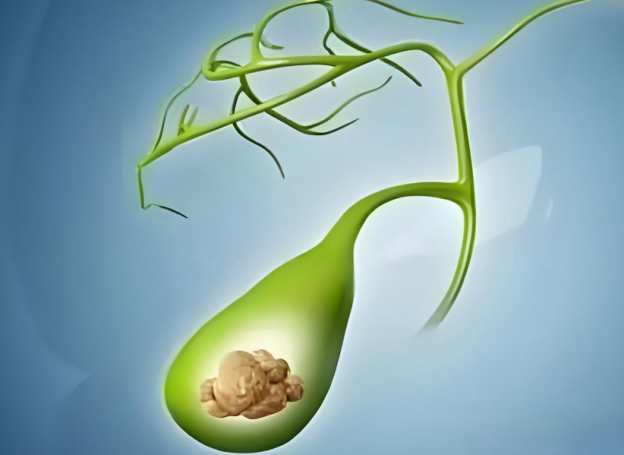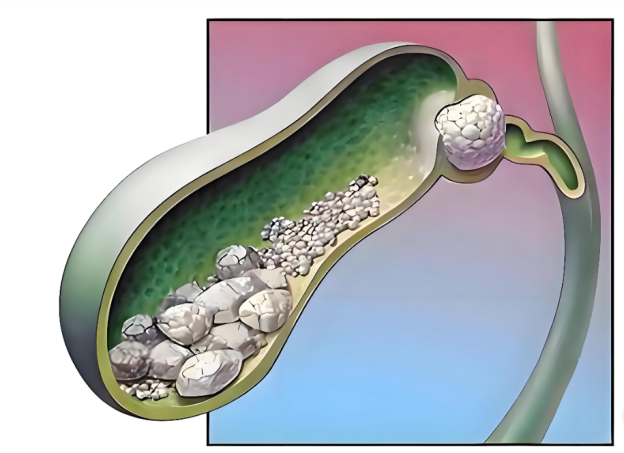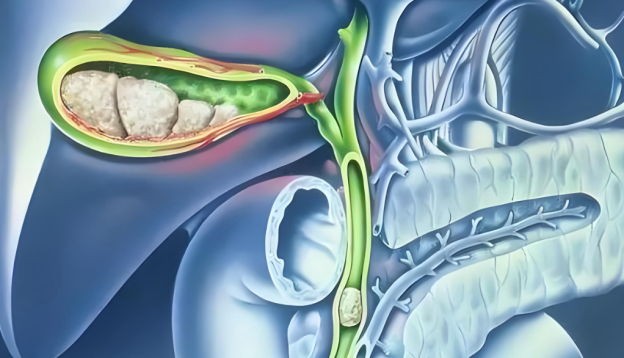In general, minimally invasive lithotripsy requires 5–7 days of hospitalization.
When extracorporeal shock-wave lithotripsy (ESWL) fails to clear the stones, minimally invasive lithotripsy is performed. This involves making a small puncture in the skin to insert a special instrument that delivers holmium laser energy directly onto the stone surface. The success rate is high because the laser effectively fragments most stones, allowing the fragments to pass out naturally.
For ureteral stones, a cystoscope can be passed through the bladder into the ureter to reach the stone, and holmium laser lithotripsy is then performed. Although effective, the procedure may cause minor trauma to surrounding tissues. Therefore, patients are typically hospitalized for 5–7 days post-operatively. During this period:
- Anti-inflammatory and anti-edema medications are administered.
- Urine color is monitored; if red blood cells are present, it indicates possible injury to the kidney or ureter, and the patient is advised to drink plenty of water and rest in bed.
If, after 5–7 days, the patient has no discomfort and urine returns to normal, they can be discharged.
Post-discharge instructions:
- Avoid strenuous exercise
- Drink large amounts of water to help flush out any remaining fragments.
| Item | Details |
|---|---|
| Procedure | Minimally invasive lithotripsy (holmium laser) via percutaneous nephrolithotomy or ureteroscopy |
| Indication | ESWL failure or large/impacted stones |
| Hospital stay | 5–7 days (standard) |
| Post-op care in hospital | • Anti-inflammatory & anti-edema drugs • Monitor urine color for RBCs • Hydration + bed rest if hematuria |
| Discharge criteria | No symptoms + clear urine |
| Home instructions | Avoid strenuous activity; drink plenty of water |









